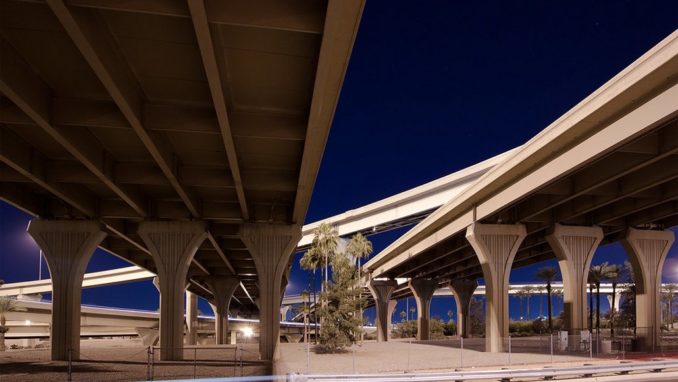
One of President Biden’s first initiatives is a two trillion dollar proposal to rebuild America’s infrastructure. This plan is a typical Washington initiative in which lots of pet spending bills are piled on top of what the administration thinks is a bill that cannot be defeated. It is a typical logrolling process whereby Congressmen and Senators promise to vote for everyone else’s pet projects as long as everyone else vote’s for theirs. There has been much criticism of these tenuously linked add-on’s, but the real issue is whether America needs an infrastructure bill at all. Let’s try to think clearly about what infrastructure is, how it is built, and who is responsible for its maintenance.
When most people think of infrastructure, they visualize transportation networks; i.e., roads, bridges, airports, ports, rivers, dams, etc. The simple, logical, and elegant answer to who is responsible for each of these components of our national infrastructure is that the entity that built it is responsible for maintaining it. If the federal government builds a dam, the federal government is responsible for maintaining it, for example. Of course, we must understand that not all infrastructure projects should be maintained into perpetuity. In fact many dams in the US have been torn down for a variety of reasons, high maintenance costs being one of them. The same for bridges. The maximum number of miles of railroad track in America was 254,000 in the mid 1910’s. That number is down to 160,000 now. So, it’s clear that there are reasons that much infrastructure should not be maintained at all. Who should make these decisions and, more importantly, who should pay for them?
Misallocating Resources
It’s clear that there is much more to building and maintaining infrastructure than a thirty second sound bite can convey. These decisions are mostly local; i.e. whether or not to widen a highway between two towns within the same county or whether a bridge should be torn down and rebuilt or just abandoned. There is no objective way to make this decision than by letting the local taxpayers decide whether or not they want to pay for it. Contrast this real-life question with the president’s proposal to shower helicopter money on the nation. What local entity can turn down “free money” from the federal printing press to widen a road or rebuild a bridge, even if the local government would not waste its local taxpayers’ money on such projects? Furthermore, the president’s infrastructure bill is touted as a “jobs bill”, too. Yet it is nothing more than a misguided Keynesian-style attempt to juice the economy through high profile spending projects. The current president and congress will be thanked profusely while saddling future taxpayers with a lower standard of living due to misallocation of resources, higher taxes, and higher prices. But, it’s so tempting to cut the ribbon on a new bridge and ignore the unseen consequences of profligate public spending.
Oh…yes…by the way, I haven’t even mentioned that the money for this boondoggle of a bill will add another trillion dollars to the public debt. But that’s a topic for another essay.
© Patrick Barron 2021 Website
The Goodnight Vienna Audio file
Audio Player



